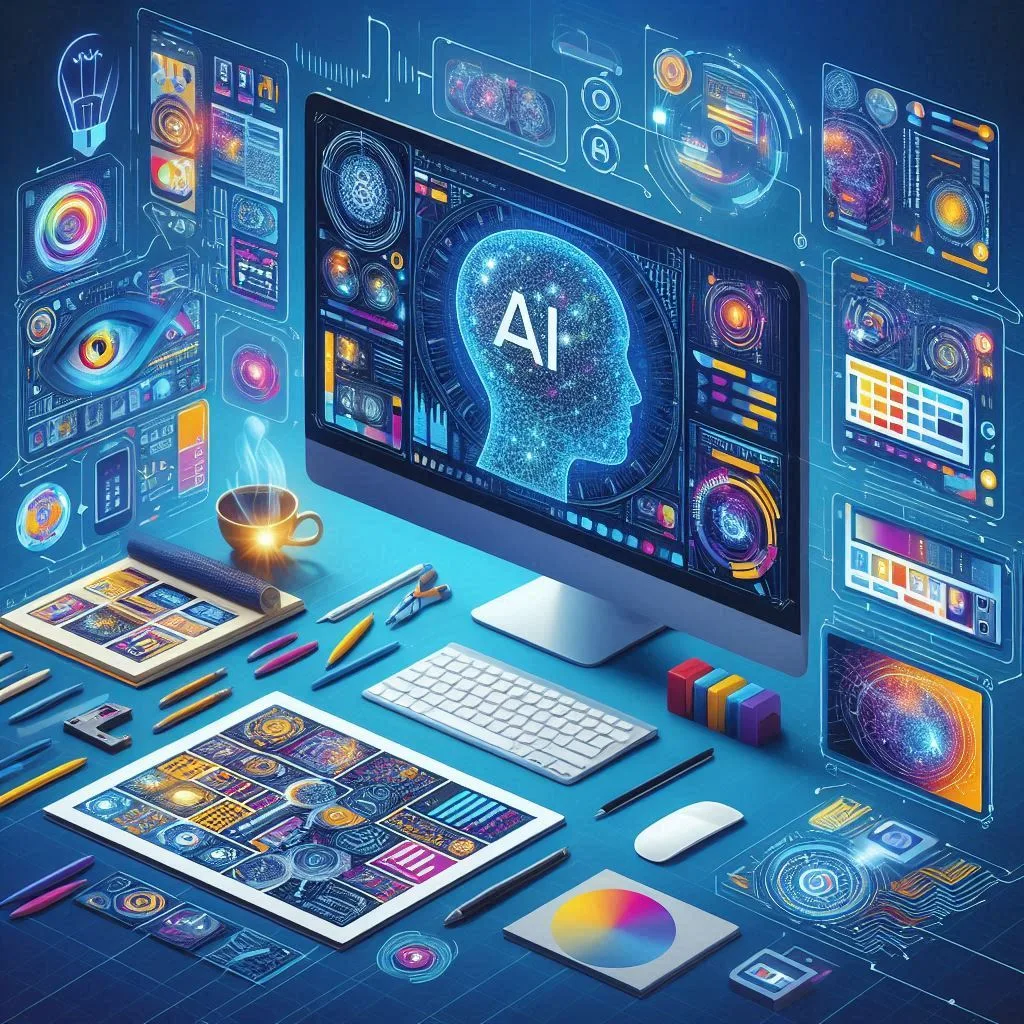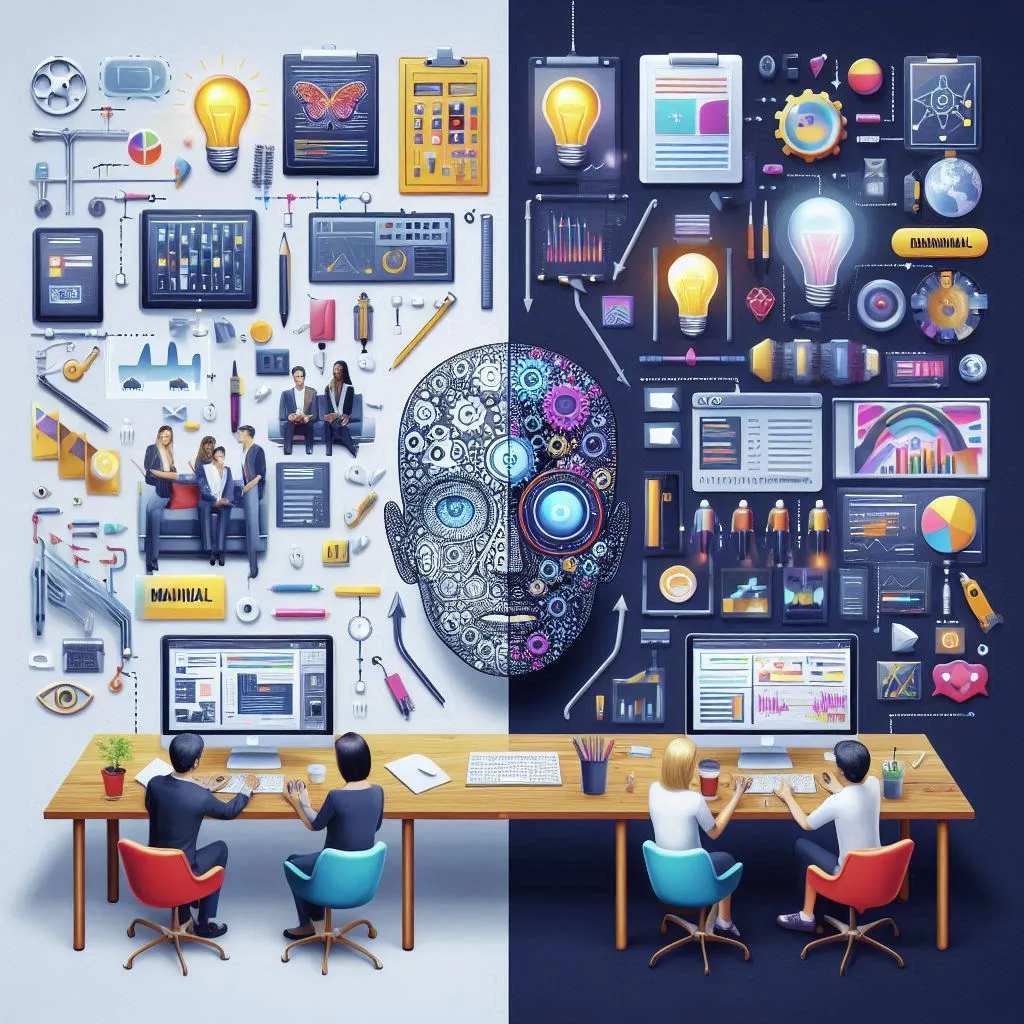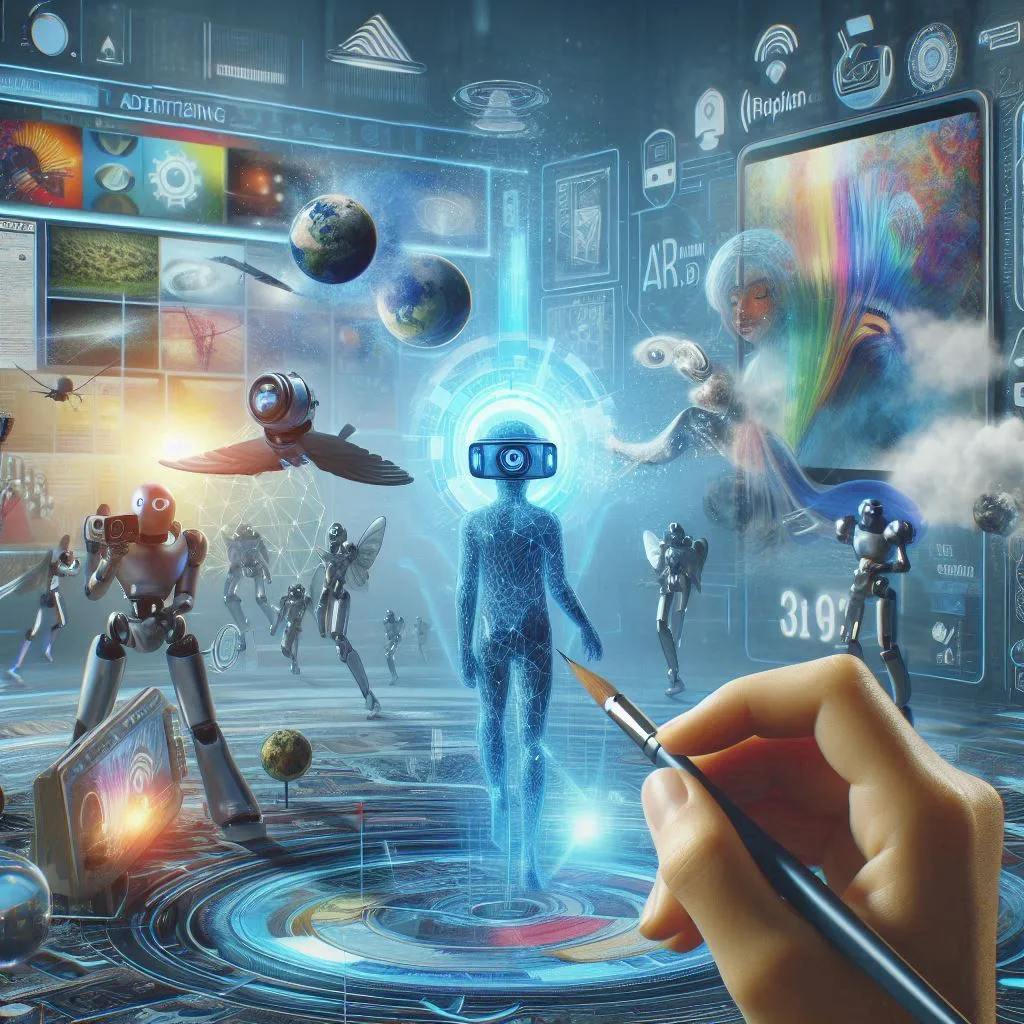As the face of digital marketing is changing rapidly, it somehow looks like this is the aspect that AI is rushing into, the area of ad creation in particular. As brands are trying to catch up, the role that AI tools for Ad Content play in their advertising strategies is central. From creative content development to media placement, AI in advertisement is changing the ways in which brands create and deliver ads.
AI-Powered Creative Content Generation: How AI Changes Ad Creation

The potential for AI to revolutionize advertising surely comes through perhaps most radically in the area of creative content creation. In the normal course, producing an ad copy requires several hours of human effort in generating the overall concept and then working out detailed design and writing copy. In place of it, AI tools for Ad Content make it possible to create such content programmatically. Now, algorithms can draft up effective ad copy, suggest headlines, and design appealing graphics—all driven by data insights.
These AI-driven tools pull in huge data volumes and develop an understanding of works with the targeted audiences. The use of natural language processing and machine learning enables the tools to craft personalized Ads with AI content in line with user preferences and behaviors. This will not only accelerate the creative process but also make ads more relevant and engaging.
Improving Ad Performance with AI
Personalization is one important factor in effective advertising, and now AI does this best. Traditional ways of personalization usually relied on static demographic data, but AI in Advertisement looks through dynamic and real-time data to create highly tailored ad experiences. The algorithms learn the dynamics of users in interaction, the history of transactions and purchases, and browsing behavior to make ads perfectly fit according to individual taste.
For instance, an AI tool can examine the user’s online activities for the last few days and come up with an ad that consists of the products or services the user may be interested in. This level of targeting further boosts engagement and conversion because users are bound to respond to ads that are based on their present needs and desires.
Case Studies: Successful Implementation of AI in Ad Copywriting
Where AI really comes to the fore in making a real difference is in this space, again, through the optimization of ad placement. In the old days, when placements were made, they were often made based on some wide, sweeping assumptions and past history. Now, however, with AI tools, access to real-time data means making more informed decisions on where and when to place the ads.

With programmatic advertising, AI in Advertisement automatically changes up the ads by user behavior, device type, or time of day—adhering to the rule “right ad to the right audience at the right moment” and ensuring efficiency and performance in the ad spend.
Challenges and Considerations Of AI in Ad Creation
Though AI in ad creation has a lot of benefits, challenges are equally prevalent. Key among these is data privacy and security, since these tools require enormous amounts of user data to function. The brands themselves should be very wary, though, of ethical considerations in AI-generated content to make sure it is up to their values and sustains its authenticity.
Furthermore, despite the fact that AI improves efficiency, the input of human creativity is necessary. In fields that deal with creative intuition and strategic thinking, no AI is replaceable. A combined approach where the strengths of AI could be combined with human creativity will likely be terribly effective.
Future Trends and Implications for Brand Advertising
From the future perspective, the use of AI in advertising will only be taking the brand strategies to another new level. One emerging trend is the use of advanced predictive analytics through AI in the personalization of ads and anticipation of future consumer behavior. Sophisticated algorithms will enable a brand to better preempt trends and consumer preferences, hence proactive ad strategies rather than reactive ones. Moreover, the strong amalgamation of AI with other budding technologies like augmented and virtual realities in the coming close-by future will offer many more immersive and interactive types of advertising experiences, which will change forever how brands engage with their audiences.

Now, herein lies the deep portent. As AI keeps getting better at personalization and optimization, Automation will have to be balanced against Authenticity if trust and engagement are going to be maintained by brands. It’s heavy competition that stands on the horizon and will most probably make brands innovate all the time with increased efficiency and accuracy coming from AI. Also, the heavy focus will be on data privacy and ethical development, though at a pronounced level of dependency of the insights driven by data. Brands have to carefully maneuver these issues to advance with AI’s benefits yet maintain their promise to consumers for privacy and ethical standards.
So then, the use of AI in advertising creation represents something of a sweeping change within the marketing landscape. It’s with artificial intelligence advertising that those advertising tools now exist to automate content generation and create a series of optimizations in ad placements to help brands make campaigns more tailored and more powerful than before. With the advance in technology, this role will become even larger.



